Meet the Rare and Fabulous Felines of 'Super Cats' (Photos)
Pallas's cat
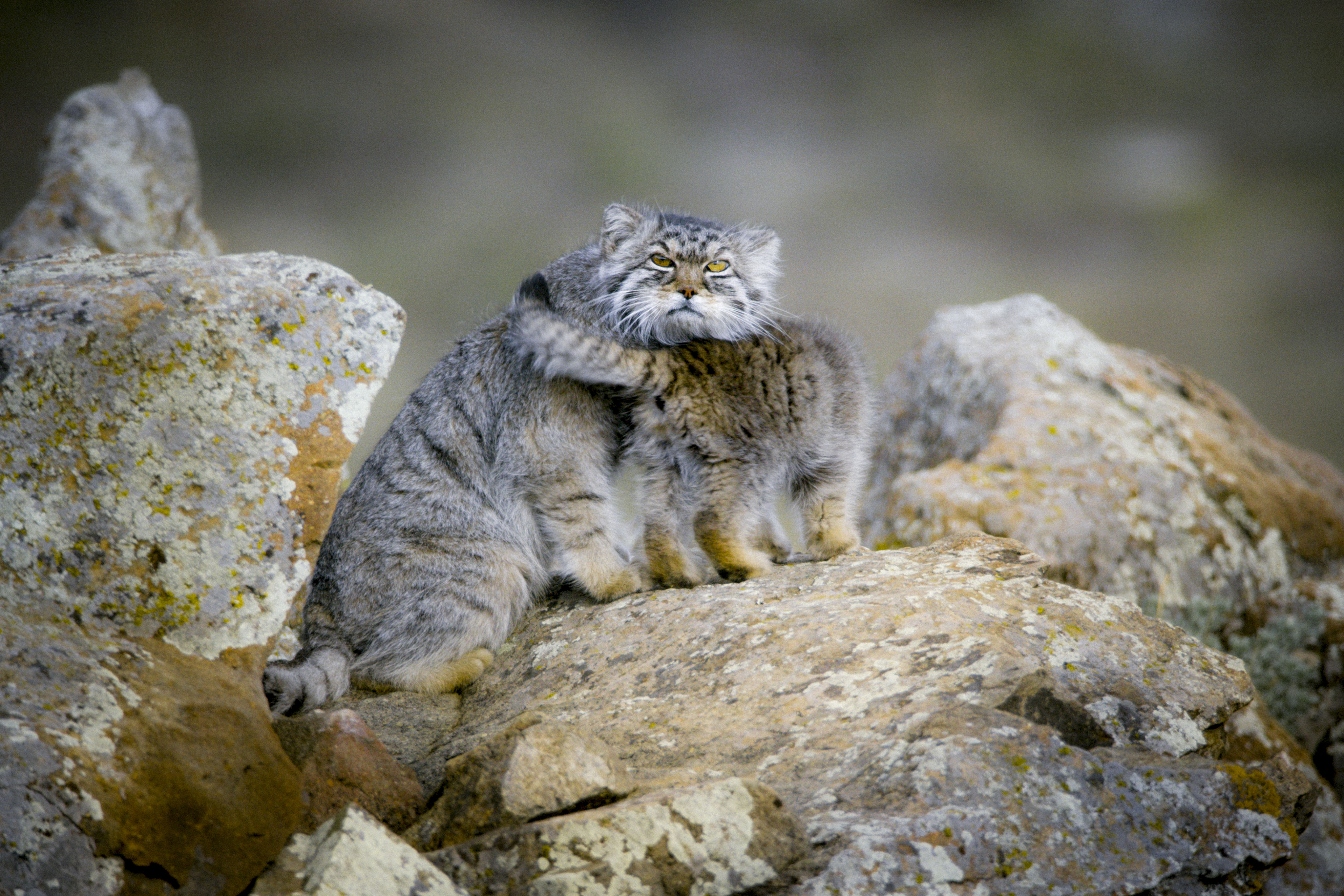
Pallas's cats (Otocolobus manul) thrive in the remote grasslands of the Mongolian steppe. They are perfectly adapted to hide in this open landscape, as they have a wide head and low ears, and can flatten their bodies to look like a rock when hunting.
Desert lions
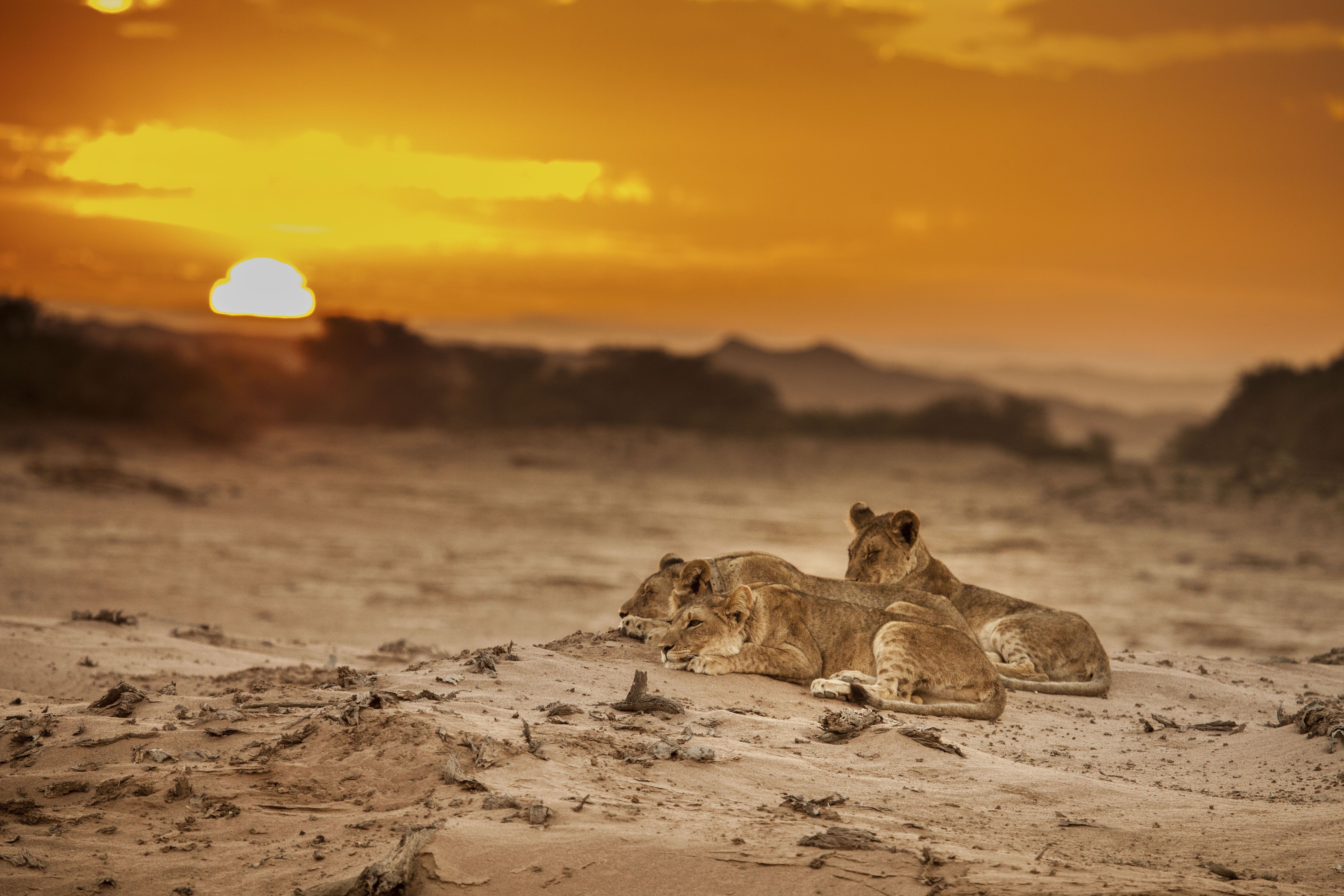
Desert lions (Panthera leo) live in small isolated prides and roam huge territories, relying on shared knowledge to find food in the harsh Namib desert. These three cubs were orphaned at barely a year old. They survive against the odds as the desert's youngest and most inexperienced pride.
Jaguar

A jaguar (Panthera onca) in Costa Rica, seen in an image from a thermal camera, has learned to hunt turtles on a pacific beach. For their size, they have the strongest jaws of any cat — powerful enough to break into a turtle's shell to feed on the rich source of food.
Uncommon viewpoint

Conservationist Kevin Richardson has immersed himself in a pride of lions (Panthera leo), discovering a unique perspective on their behavior.
Tech to the rescue

In order to study the sprinting abilities of cheetahs (Acinonyx jubatus), Professor Alan Wilson built his own plane from scratch just to keep up with the world's fastest land animals.
Mountain lion cub
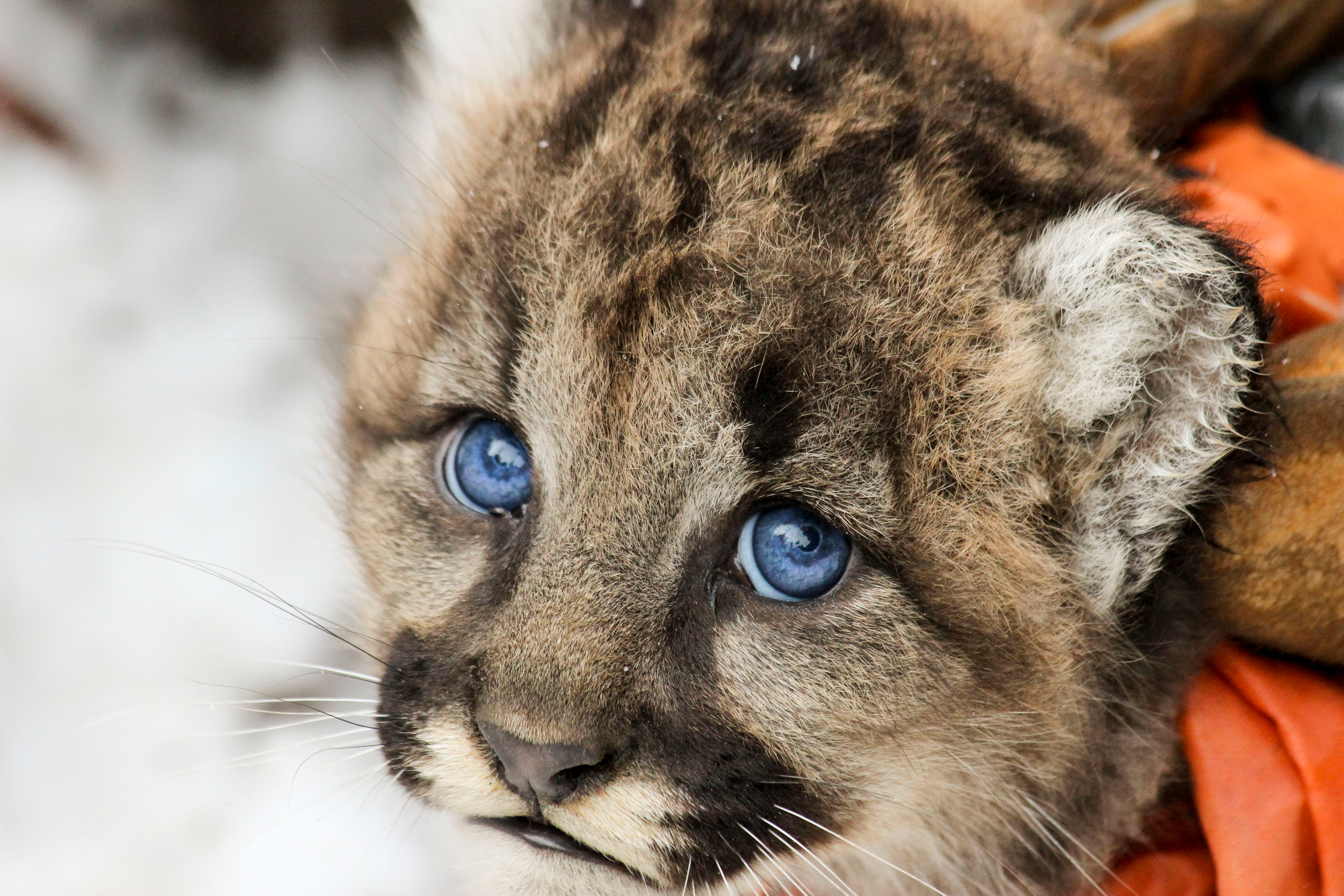
A young mountain lion cub (Puma concolor) is fitted with a GPS collar so scientists can follow her early life. Over time her striking blue eyes will darken.
Teasing out info
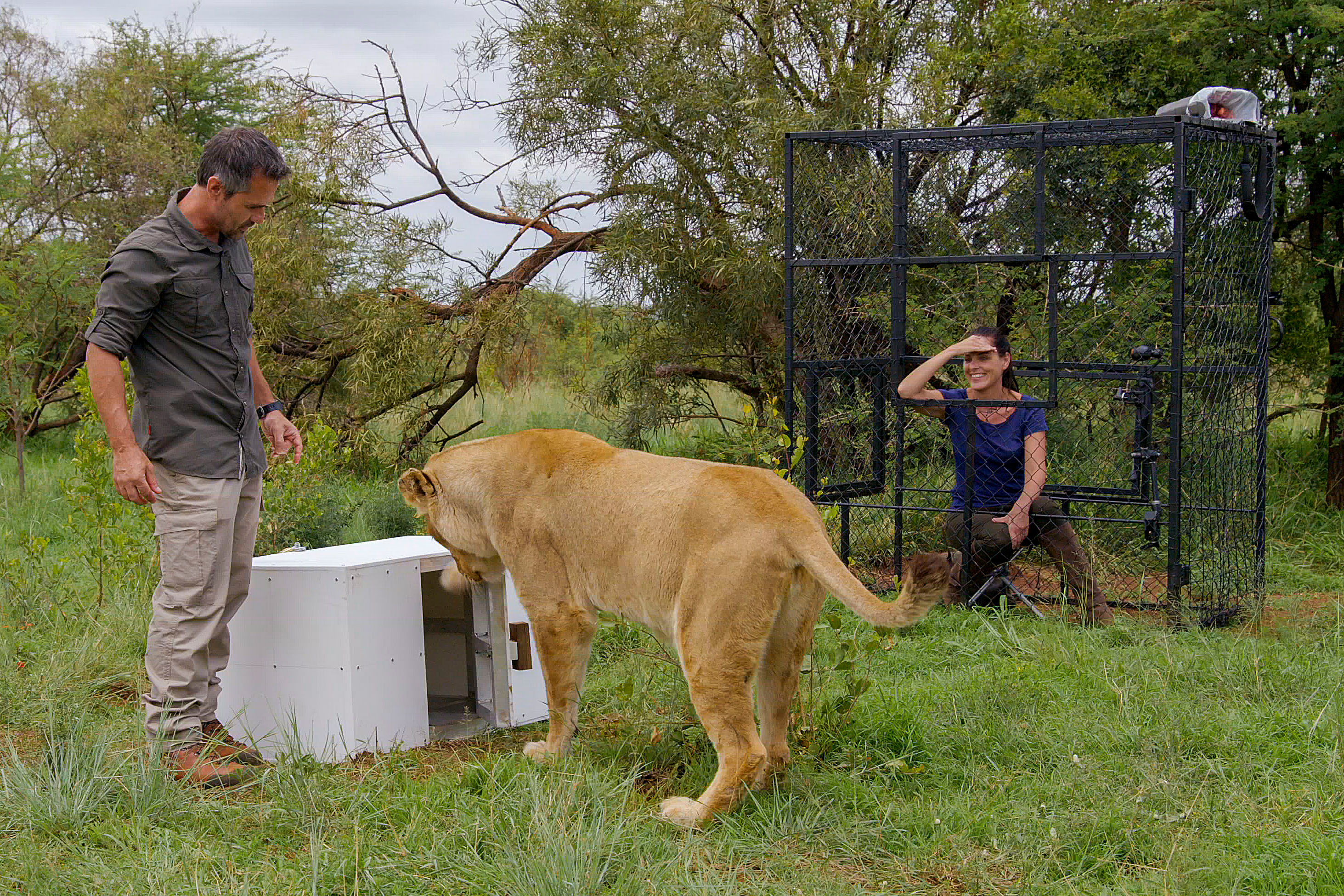
Dr. Natalia Borrego works with so-called lion whisperer Kevin Richardson to carry out IQ tests. She believes that they are smartest of all the cats.
Get the world’s most fascinating discoveries delivered straight to your inbox.
Urban leopard cub
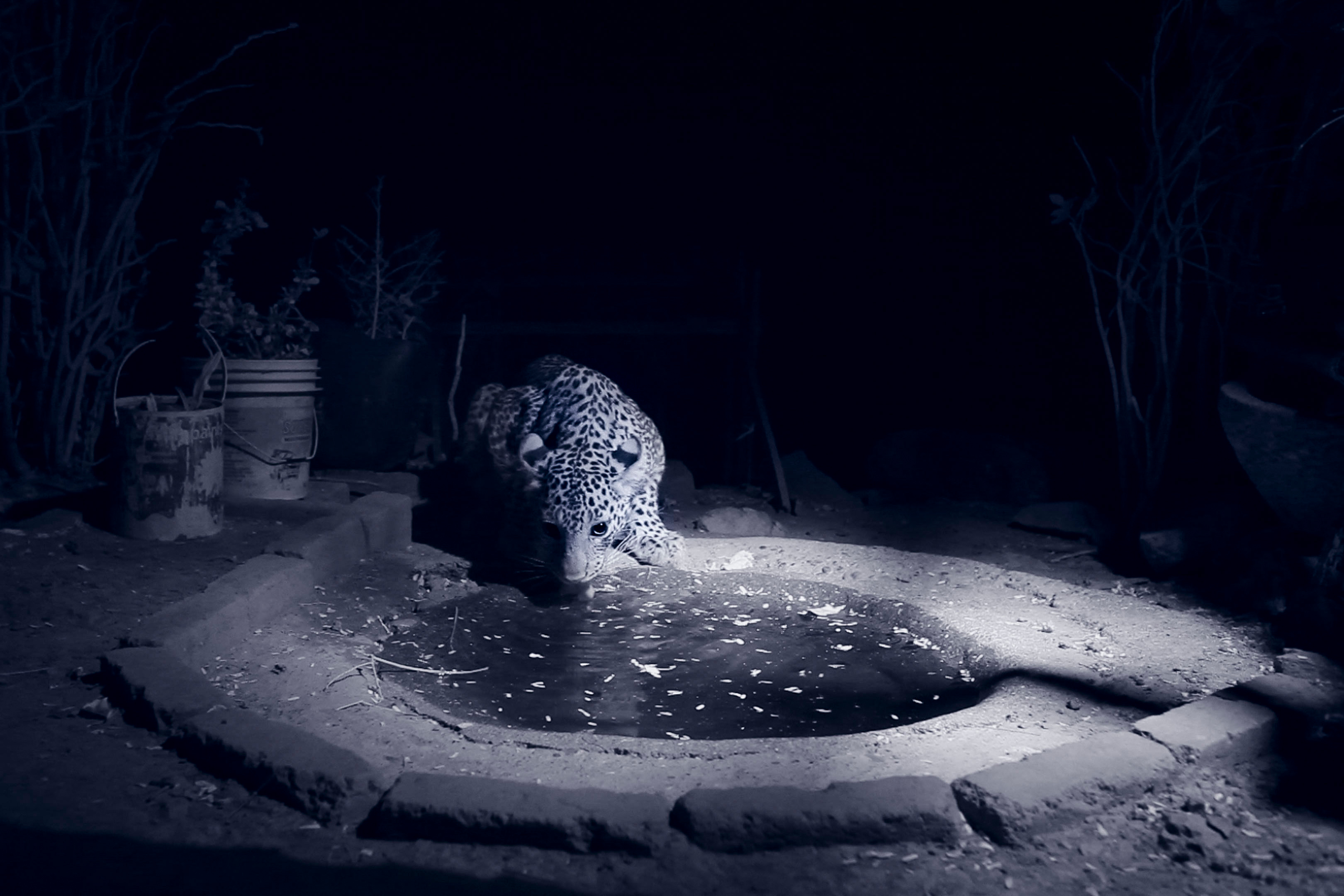
An urban leopard cub (Panthera pardus) drinks from a backyard pond. One of the largest cities on the planet, Mumbai is also home to the densest population of leopards.
Tigers

Tigers (Panthera tigris) are the biggest of all the cats — from the giant Siberian tigers that roam the frozen boreal forest of Russia, to the secretive swamp tigers of the Indian Sundarbans that bathe in seawater and patrol muddy shores. In the early 20th century, 100,000 tigers reigned across Asia and Europe, but today there are fewer than 4,000 in the wild.
Snow leopard
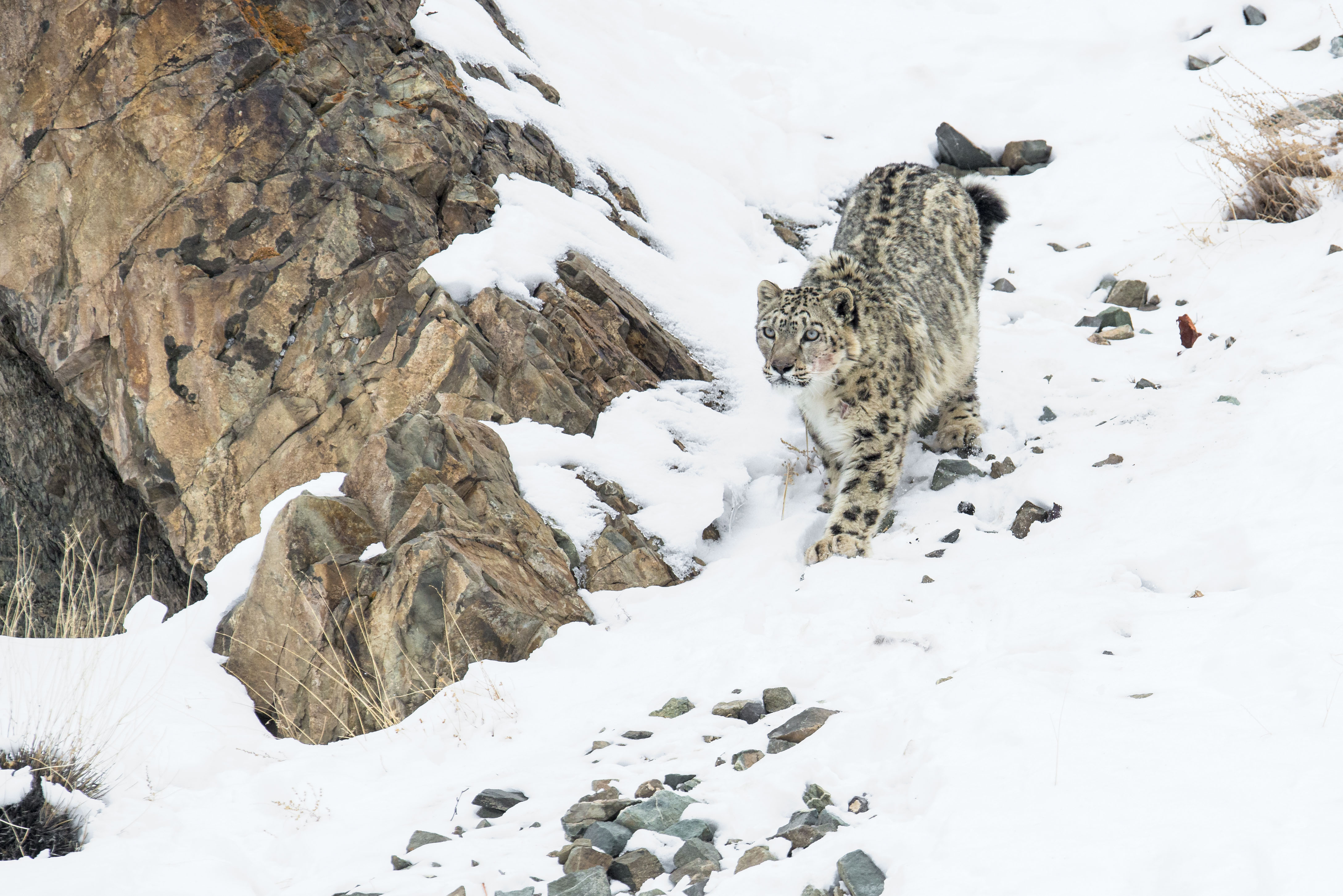
A snow leopard (Panthera uncia), Indian Himalayas. The "Ghost of the Himalaya" is the world's highest living and most lonesome cat. They live in huge territories, where food is scarce and finding a mate is even harder.

Mindy Weisberger is a science journalist and author of "Rise of the Zombie Bugs: The Surprising Science of Parasitic Mind-Control" (Hopkins Press). She formerly edited for Scholastic and was a channel editor and senior writer for Live Science. She has reported on general science, covering climate change, paleontology, biology and space. Mindy studied film at Columbia University; prior to LS, she produced, wrote and directed media for the American Museum of Natural History in NYC. Her videos about dinosaurs, astrophysics, biodiversity and evolution appear in museums and science centers worldwide, earning awards such as the CINE Golden Eagle and the Communicator Award of Excellence. Her writing has also appeared in Scientific American, The Washington Post, How It Works Magazine and CNN.


